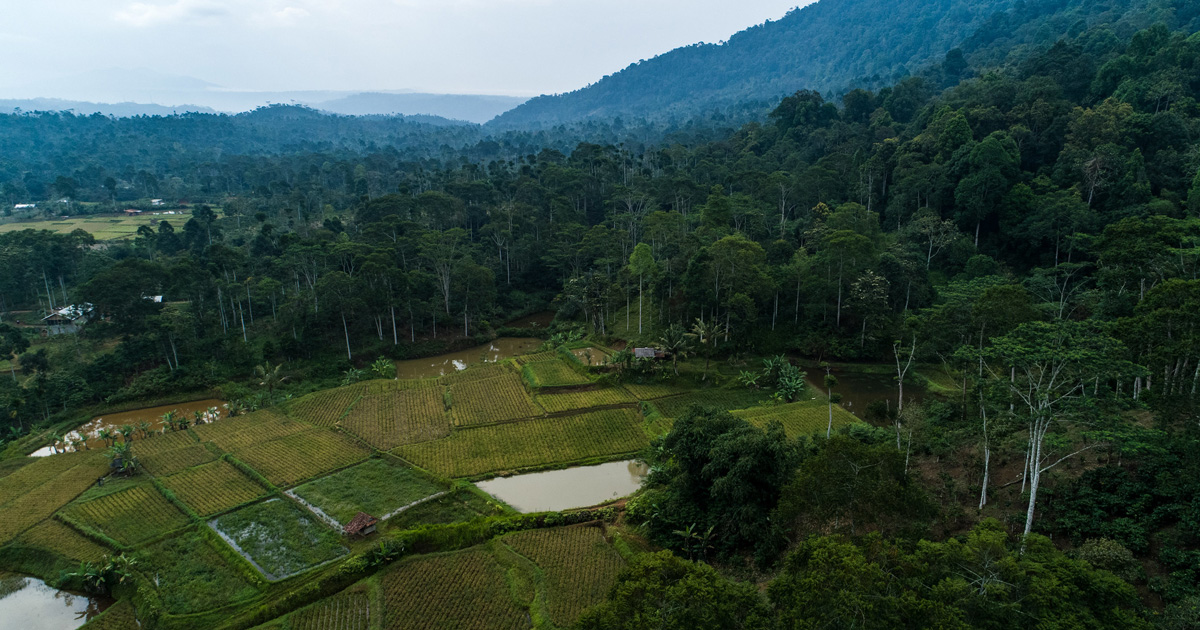Smallholder agroforestry systems often incorporate features that are associated with abundant, diverse soil macrofauna populations. This study sampled soil macrofauna communities across four major land uses present within agricultural landscapes where the Quesungual Slash-and-Mulch Agroforestry System (QSMAS) has been increasingly adopted by smallholder farmers in western Honduras. The four land uses were: secondary forest (F), agroforestry plots of less than two years of age (AF < 2), agroforestry plots of more than 10 years of age (AF > 10), and silvipastoral fields (SP). Transect-based sampling of soil macrofauna using the standard Tropical Soil Biology and Fertility Institute (TSBF) method was employed in both the dry season and wet season. All four land uses sampled in this study harboured diverse, abundant and highly variable soil macrofauna populations. In the dry season, total density of soil macrofauna ranged from 1265 ± 308 individuals m2 in F sites to 1924 ± 436 individuals m2 in AF < 2 sites. In the wet season, total density ranged from 907 ± 294 individuals m2 in F, to 1637 ± 358 individuals m2 in AF < 2. Biomass values followed a similar pattern, ranging from 4.3 ± 1.1 g m2 to 24.8 ± 8.2 g m2 in the dry season and from 13.1 ± 3.0 g m2 to 41.9 ± 11.1 g m2 in the wet season. In order of decreasing strength of statistical relationship, soil depth, land use and season were all related to some aspects of soil macrofauna density, biomass and community composition. At a broad functional group level, soil macrofauna community composition was very similar across all four land uses. The results suggest that the agricultural practices associated with the ‘Quesungual’ agroforestry system may promote a relatively abundant, diverse soil macrofauna community. The presence of an abundant soil macrofauna community may have important effects on aspects of soil quality that are particularly important to resource-limited smallholder farmers.
DOI:
https://doi.org/10.1016/j.apsoil.2010.11.005
Altmetric score:
Dimensions Citation Count:






















